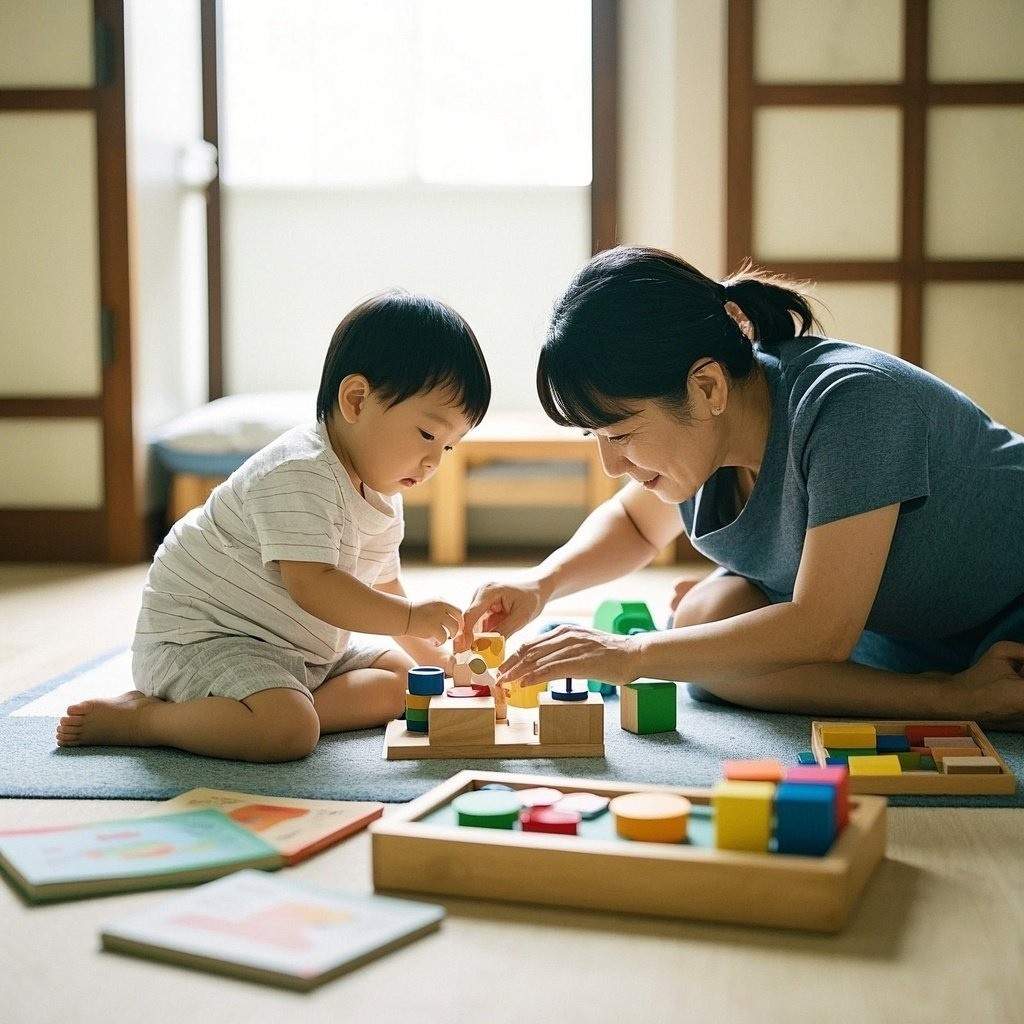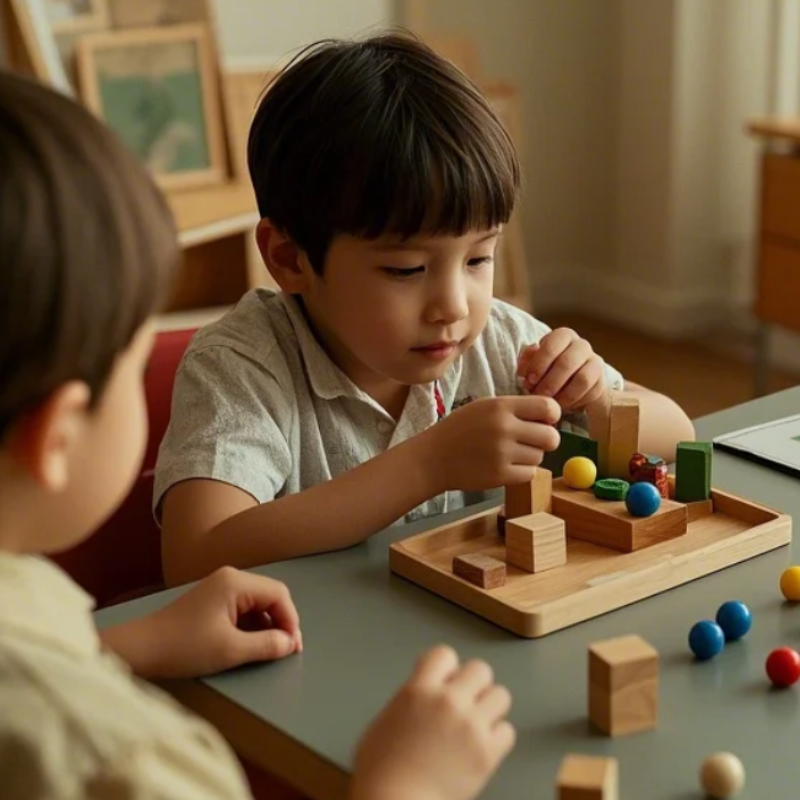In today’s fast-paced, tech-driven world, giving your child a strong foundation in STEM (Science, Technology, Engineering, and Math) from an early age is more important than ever. While these subjects may sound complex, STEM for preschoolers is all about exploration, curiosity, and playful learning. Early childhood STEM activities don’t need to involve complicated formulas or high-tech gadgets—they can be simple, fun, and engaging experiences that nurture your child’s natural curiosity.
If you’re looking for ways to introduce STEM concepts to your preschool-aged child, you’re in the right place. In this article, we’ll explore 7 hands-on STEM activities for preschool kids that boost early learning and support essential cognitive development.
1. Sink or Float Experiment
STEM Focus: Science
Skills Developed: Hypothesis testing, observation, critical thinking
What You Need:
- A large container of water
- Everyday objects (spoon, leaf, plastic toy, rock, sponge, etc.)
Activity Instructions:
Let your preschooler choose various objects to test in the water. Ask them to predict whether each item will sink or float before placing it in the container. Then, observe what happens.
Why It Works:
This classic science activity for preschool children introduces them to the scientific method. They’ll begin making predictions, testing their ideas, and learning from results—key skills in scientific thinking.
Tip: Encourage your child to sort objects into “sink” and “float” categories afterward. This adds an extra layer of classification and memory recall.
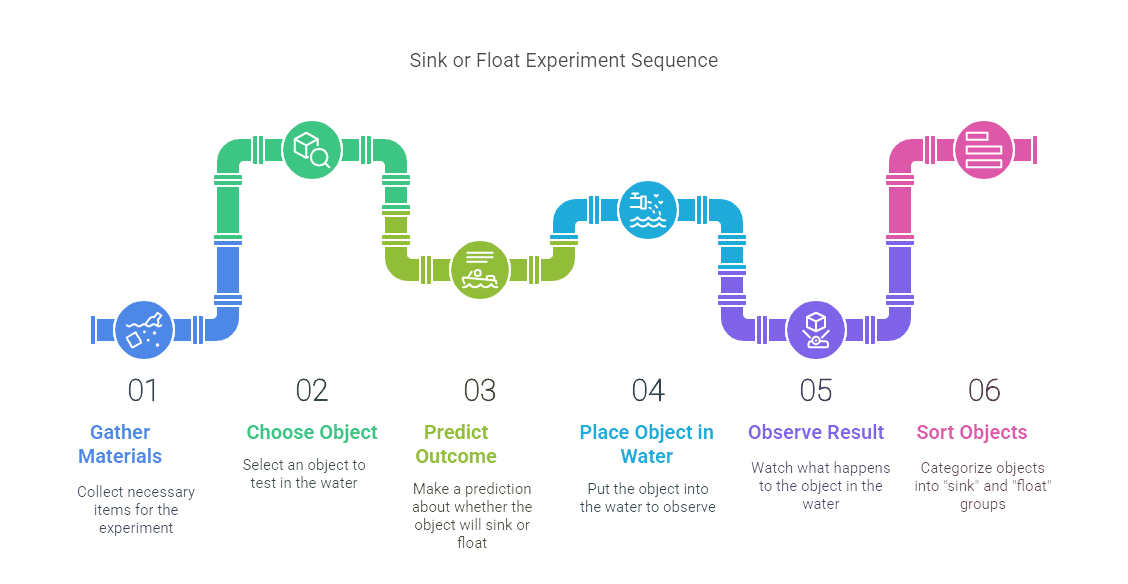
2. Build a Marshmallow Tower
STEM Focus: Engineering
Skills Developed: Creativity, problem-solving, spatial reasoning
What You Need:
- Mini marshmallows
- Toothpicks
Activity Instructions:
Challenge your child to build the tallest tower possible using only marshmallows and toothpicks. You can also guide them to create basic geometric shapes.
Why It Works:
This is a great engineering activity for preschoolers that encourages critical thinking and planning. Kids explore structure, balance, and design, all while having fun with a tactile, hands-on project.
Bonus: For an extra challenge, see if the tower can support a small object like a plastic animal.
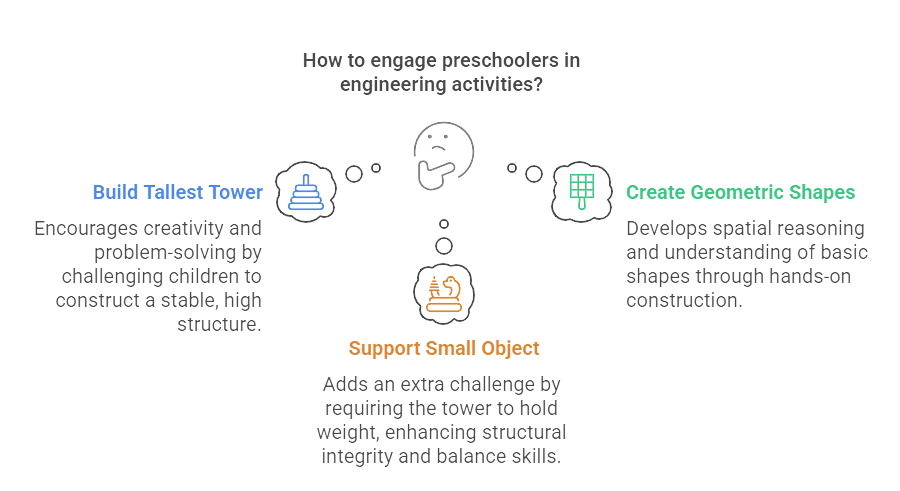
3. Color Mixing Magic
STEM Focus: Science
Skills Developed: Observation, experimentation, color theory
What You Need:
- Food coloring (red, yellow, blue)
- Clear cups of water
- Droppers or pipettes
Activity Instructions:
Set up three cups with primary-colored water. Give your child a dropper and some empty cups. Let them mix the colors to create green, orange, and purple. Ask them to predict what will happen before they mix.
Why It Works:
This hands-on science activity teaches kids about color theory and chemical reactions. It also enhances fine motor skills and encourages curiosity about cause and effect.
Add-On: Use coffee filters or paper towels to create colorful tie-dye art with the leftover water.
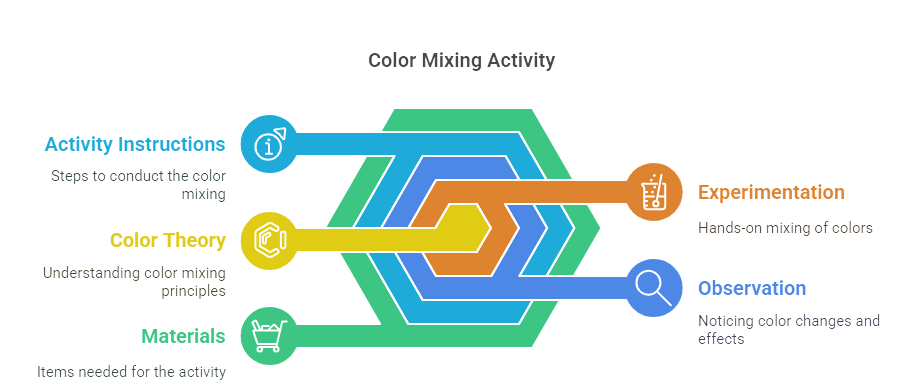
4. Pattern Play with LEGO or Blocks
STEM Focus: Math
Skills Developed: Pattern recognition, sequencing, early numeracy
What You Need:
- LEGO bricks or colored building blocks
Activity Instructions:
Start a simple pattern using color or shape (e.g., red-blue-red-blue). Ask your child to continue the pattern. Once they’re confident, have them create their own patterns.
Why It Works:
This activity promotes early math skills for preschoolers such as sorting, sequencing, and categorizing. Pattern recognition is a foundational skill for more advanced math and logical thinking.
Pro Tip: Use this activity to introduce vocabulary like “repeat,” “next,” and “sequence.”

5. Magnetic vs. Non-Magnetic Sort
STEM Focus: Science
Skills Developed: Classification, observation, material properties
What You Need:
- A strong magnet
- A variety of objects (coins, paperclips, plastic buttons, cotton balls, etc.)
Activity Instructions:
Let your child test each object with the magnet and sort them into “magnetic” and “non-magnetic” piles. Ask questions like, “Why do you think this one sticks?”
Why It Works:
This is a fantastic early childhood STEM activity that introduces the concept of magnetic force and materials. Kids also develop sorting and reasoning skills.
Extension Idea: Go on a “magnet hunt” around the house to find more magnetic objects.

6. DIY Volcano Eruption
STEM Focus: Science (Chemistry)
Skills Developed: Cause and effect, sensory exploration, reaction observation
What You Need:
- Baking soda
- Vinegar
- Food coloring
- Dish soap
- Small container (or shape a volcano from clay)
Activity Instructions:
Place the container on a tray. Add baking soda, a drop of dish soap, and food coloring. Pour in vinegar and watch the bubbly eruption.
Why It Works:
This visually exciting experiment teaches kids about chemical reactions in a safe, playful way. It’s a great way to inspire wonder and spark discussions about science.
Safety Note: Always supervise and explain the ingredients are not for tasting.

7. Measuring Mania
STEM Focus: Math
Skills Developed: Measurement, estimation, volume concepts
What You Need:
- Measuring cups and spoons
- Containers
- Dry rice or water
Activity Instructions:
Invite your child to scoop, pour, and transfer materials between containers using different measuring tools. Ask them questions like, “Which cup holds more?” or “Can you fill this up halfway?”
Why It Works:
This activity introduces basic measurement skills for preschoolers, including volume comparison, estimation, and capacity awareness. It also strengthens hand-eye coordination.
Make It Fun: Add a kitchen scale and talk about “heavier” and “lighter” objects.
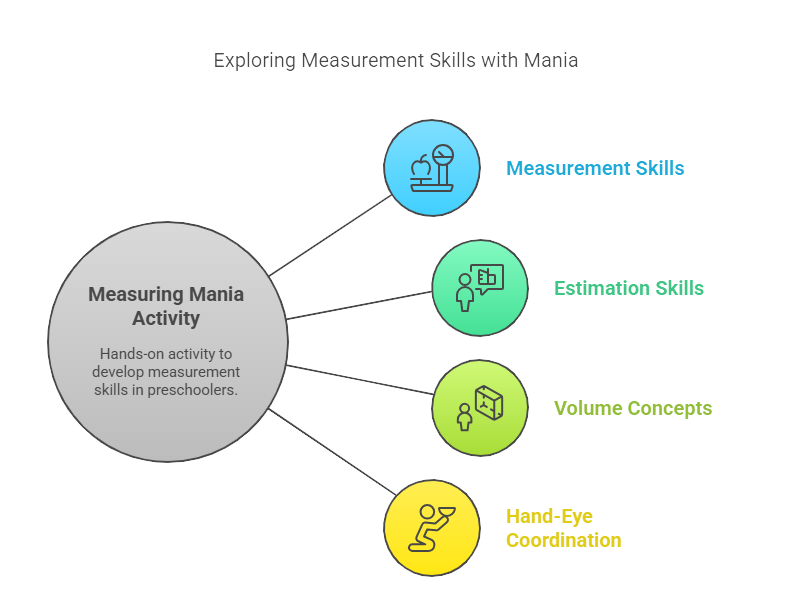
Why STEM in Preschool Matters
Engaging in STEM activities during early childhood fosters more than just academic skills. It helps children:
- Develop curiosity and persistence
- Learn through trial and error
- Gain confidence in problem-solving
- Improve language and communication skills
STEM for preschoolers isn’t about mastering concepts like calculus or coding—it’s about planting seeds of curiosity and discovery. Children who engage with STEM early are more likely to embrace these subjects later in life with confidence and enthusiasm.
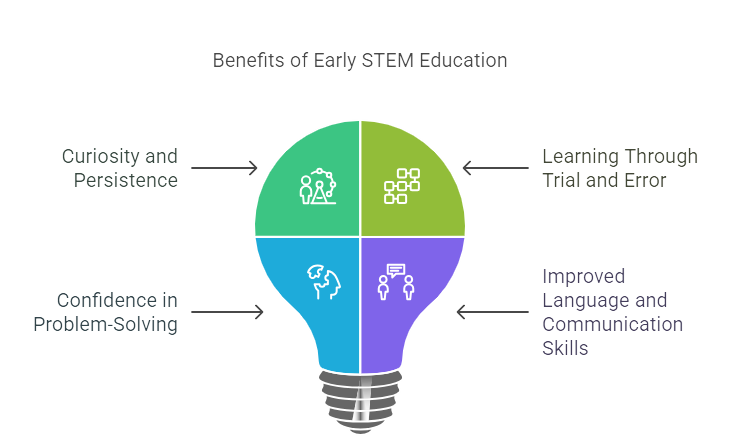
Final Thoughts
Incorporating simple, playful STEM activities into your child’s daily routine is one of the best ways to promote lifelong learning. Whether it’s predicting which object will sink or building a marshmallow tower, each activity gives children the chance to explore, question, and create.
So grab some household items, get messy, and dive into the world of STEM learning for preschoolers. You’ll be amazed at how much your little one can learn through hands-on discovery—and how much fun you’ll have learning together!



